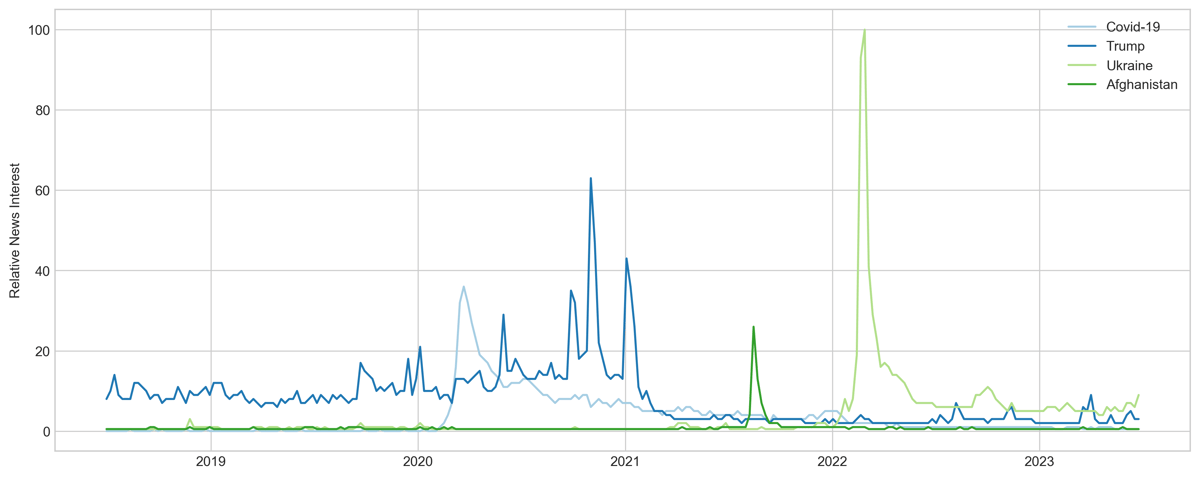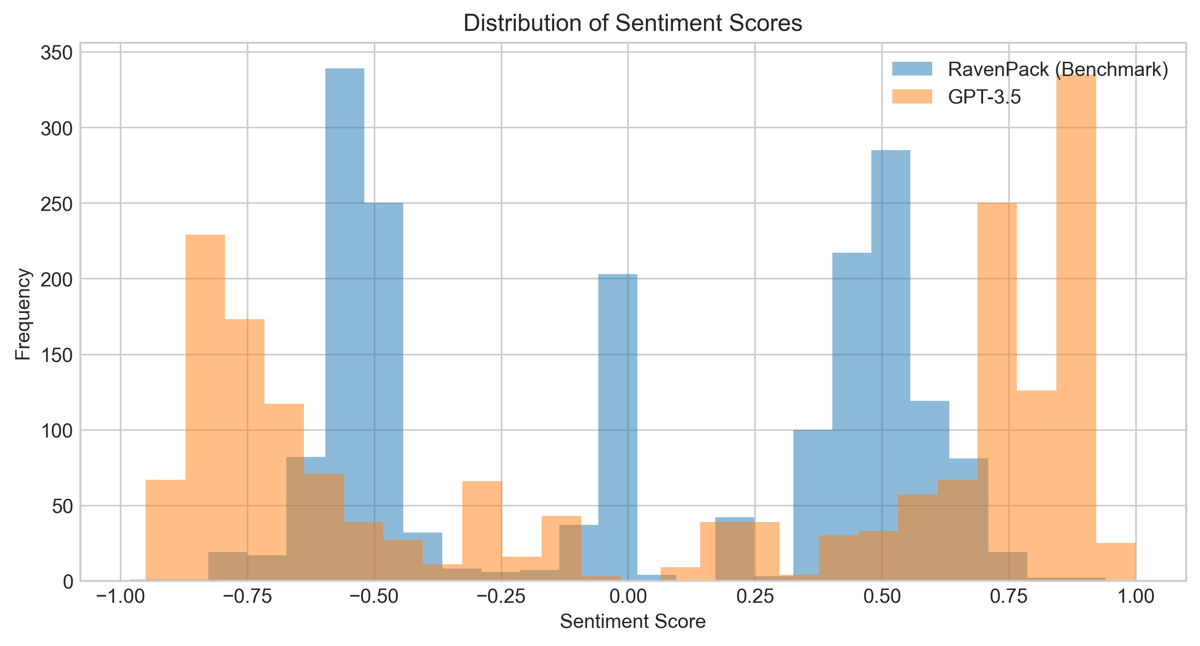This post is based in part on a 2022 presentation I gave for the ICBS Student Investment Fund and my seminar work at Imperial College London.
As we were looking for new investment strategies for our Macro Sentiment Trading team, OpenAI had just published their GPT-3.5 Model. After first experiments with the model, we asked ourselves: How would large language models like GPT-3.5 perform in predicting sentiment in financial markets, where the signal-to-noise ratio is notoriously low? And could they potentially even outperform industry benchmarks at interpreting market sentiment from news headlines? The idea wasn’t entirely new. Studies [2] [3] have shown that investor sentiment, extracted from news and social media, can forecast market movements. But most approaches rely on traditional NLP models or proprietary systems like RavenPack. With the recent advances in large language models, I wanted to test whether these more sophisticated models could provide a competitive edge in sentiment-based trading. Before looking at model selection, it’s worth understanding what makes trading on sentiment so challenging. News headlines present two fundamental problems that any robust system must address.


When developing a sentiment-based trading system, you essentially have two conceptual approaches: forward-looking and backward-looking. Forward-looking models try to predict which news themes will drive markets, often working qualitatively by creating logical frameworks that capture market expectations. This approach is highly adaptable but requires deep domain knowledge and is time-consuming to maintain. Backward-looking models analyze historical data to understand which headlines have moved markets in the past, then look for similarities in current news. This approach can leverage large datasets and scale efficiently, but suffers from low signal-to-noise ratios and the challenge that past relationships may not hold in the future. For this project, I chose the backward-looking approach, primarily for its scalability and ability to work with existing datasets.
Rather than rely on traditional approaches like FinBERT (which only provides discrete positive/neutral/negative classifications), I decided to test OpenAI’s GPT-3.5 Turbo model. The key advantage was its ability to provide continuous sentiment scores from -1 to 1, giving much more nuanced signals for trading decisions. I used news headlines from the Dow Jones Newswire covering the 30 DJI companies from 2018-2022, filtering for quality sources like the Wall Street Journal and Bloomberg. After removing duplicates, this yielded 2,072 headlines. I then prompted GPT-3.5 to score sentiment with the instruction: Rate the sentiment of the following news headlines from -1 (very bad) to 1 (very good), with two decimal precision. To validate the approach, I compared GPT-3.5 scores against RavenPack—the industry’s leading commercial sentiment provider.




While the model performed well technically, this project highlighted several practical challenges. First, data accessibility remains a major hurdle—getting real-time, high-quality news feeds is expensive and often restricted. Second, the strategy worked better in a more volatile environment, which prompted many individual trades, creating substantial transaction costs that significantly impact returns. Perhaps most importantly, any real-world implementation would need to compete with high-frequency traders who can act on news within milliseconds. The few seconds required for GPT-3.5 to process headlines and generate sentiment scores are far from being competitive. Despite these challenges, the project demonstrated that LLMs can match industry benchmarks for sentiment analysis—and this was using a general-purpose model, not one specifically fine-tuned for financial applications. OpenAI (and others) today offer more powerful models at very low cost as well as fine-tuning capabilities that could further improve performance. The bigger opportunity might be in combining sentiment signals with other factors, using sentiment as one input in a more sophisticated trading system rather than the sole decision criterion. There’s also potential in expanding beyond simple long-only strategies to include short positions on negative sentiment, or developing “sentiment indices” that smooth out individual headline noise. Market sentiment strategies may not be optimal for long-term investing, but they show clear promise for shorter-term trading in volatile environments. As LLMs continue to improve and become more accessible, this might offer an opportunity to revisit this project.